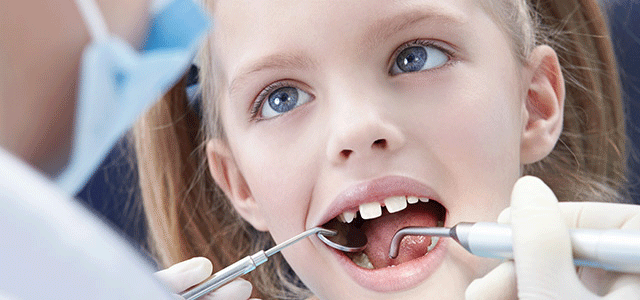The phrase "All-on-4," frequently spelled "All-on-Four," describes the support of "all" teeth by "four" dental implants. This prosthodontics procedure is used for patients who are edentulous (toothless), have severely damaged teeth, have decayed teeth, or have teeth that are compromised due to gum disease. It involves putting four implants in the front maxilla, where bone density is higher, to restore an edentulous or dentate maxilla and/or mandible with a fixed prosthesis. A fixed prosthesis with 10 to 14 teeth is supported by the all on four dental implants and is put in place right away, usually 24 hours after surgery.
All-on-4 technologies:
- The All-On-Bar solution has evolved to include the All-On-Bar concept using the most recent computer-aided design and milling (cad/cam) technologies. It enhances the dental implants with a milled titanium bar structure that keeps them functioning as a unit. Even after the hybrid bridge has been damaged, safeguarding the implants against malfunctions.
- Instead of a conversion-denture, which is a chair-side repair and modified denture, this idea enables the doctor to offer a superior long-term solution. Some patients choose the All-On-Bar as their final option because to a limited budget or lack of room for other final solutions. It shortens the number of appointments and replaces the temporary denture with a hybrid that lasts for a long time.
- It is debatable whether Pmma or Denture teeth should be replaced when they wear out over the titanium bar because Pmma has the advantage of being less absorbent. This enables the implants experience less strain during mastication forces while maintaining an internal structure. Many processionals believe that this is a preferable choice because a new bridge might be substituted for it in a few years.
The following characteristics of All-on-4, a therapy method that has developed over time and is not an innovation, are present:
• A full fixed bridge will be supported by four dental implants
• The use of angulated implants in the back to correct structural or bony inadequacies
• Instantaneous loading
A bridge or denture can be used to replace the entire upper and/or lower set of teeth using the All-on-4 treatment idea, which is a prosthodontic technique (i.e. replacement of missing teeth). The treatment is best suited for persons who have considerable tooth decay or loss, as well as those whose jawbone loss makes it impossible for them to receive traditionally orientated (vertical) dental implants. The challenge of reconstructing the jaw bone, which necessitates bone grafting, arises from the fact that tooth loss is frequently accompanied with loss of the jaw bone.
A thorough examination of the bone structure is necessary for the implementation to be successful. A cone beam computed tomography (CBCT) scan is the best method for evaluating the bone. According to the All-on-4 protocol, a jaw must get at least four implants. The back implants are commonly oriented away from the occlusion between 30 and 45 degrees (biting plane). The implant is positioned in front of the mental nerve in the lower jaw and the maxillary sinus in the upper jaw (mandible). Around the second premolar position, the implant's head emerges. This will enable a molar tooth to be cantilevered posteriorly, leading to an approximate twelve-tooth denture or bridge.
Conclusion
By positioning the two posterior implants at an angle to avoid the sinus canals in the upper jaw and the nerve canal in the lower jaw, the All-on-4 approach makes use of the dense bone that still exists in the front section of the jaws.





